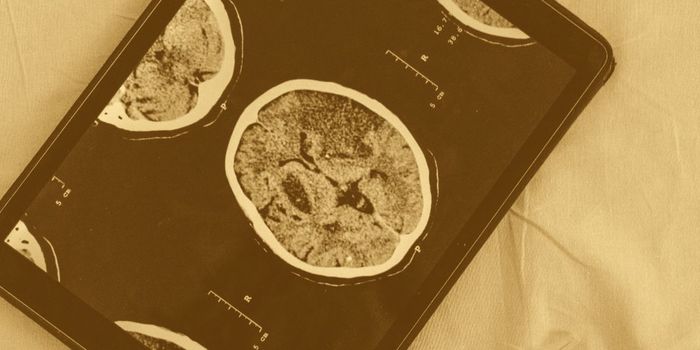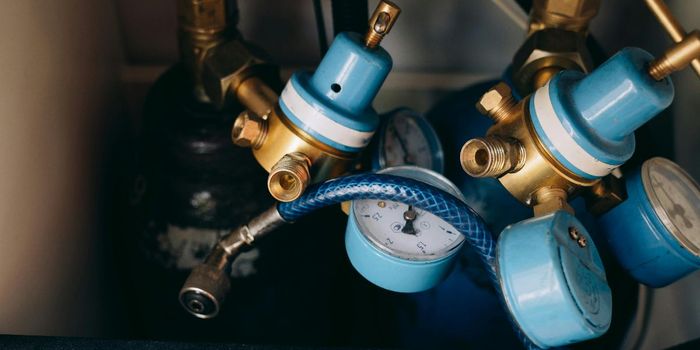This New EEG Cap Reveals How The Brain Works and Sleeps
Sleep studies are a good way to evaluate insomnia issues, breathing problems, and sometimes even seizure disorders. Normally the patient wears electrodes fastened on to the scalp and EEG recordings are made during sleep. A team of scientists in Australia came up with a way to better read what’s going on in the brain. Their results have given researchers a new look at what the brain does when we sleep.
A research team at the Woolcock Institute of Medical Research in Sydney are using a newly designed cap along with high-density electroencephalography (hdEEG) to get a more precise and detailed understanding of brain function.
Normally only about six areas of the brain can be “read” in standard EEG sleep studies, but the new cap has multiple sensors connected in a net. This allows the researchers to track data from 256 cortical sites in the brain, day or night. Essentially, the team can keep up, in real time, with what is happening all over the brain. The technology was presented at the Sydney Research and Innovation Symposium in June. Currently, the cap is only being investigated at Woolcock Research Institute sites in Sydney. The data that it’s making available to scientists has been nothing short of phenomenal.
Dr. Angela D'Rozario stated, “Thanks to this little piece of smart technology we have a spotlight on neurons that shows us that when it comes to sleep, the brain has a mind of its own. Given that we were previously dealing with six to 10 sensors, what we have now is a quantum leap forward.” Dr. D’Rozario compared it to an art gallery, explaining, “Imagine we’ve spent years peering through various keyholes into that gallery space, catching glimpses of various important works of art. Now, suddenly we find ourselves standing in the middle of that space, able to take in and observe all the works at once.”
The cap and the hdEEG technology can show scientists how the patterns of sleep cycles and wake cycles look in the brain. The biggest take away of the project has been that the brain has its own particular rhythm of sleep and wake cycles, and that pattern didn’t always match up with the sleep schedules of the patients. Some who suffer from insomnia might spend some time asleep, but wake up feeling like they’ve been wide awake all night. Researchers were able to see patterns of wakeful brain activity even when patients were asleep. While the body needs to rest, the brain is often alert and seeking input and stimulation.
The data also showed that during awake times, some parts of the brain were taking a little siesta, which could account for some lapses in attention or activity. While we are awake, if all the right neurons are not firing properly, we can feel logey and tired. The Woolcock Institute will be continuing research with the cap and hdEEGs to see if they can pinpoint the problem of non-restorative sleep. This happens when the body is at rest, but some parts of the brain are in overdrive. Too much of this brain activity can result in health problems due to sleep deprivation. Check out the video below to learn more about this new way of monitoring the waking and sleeping patterns of the brain.
Sources: Woolcock Institute. Sydney Morning Herald









